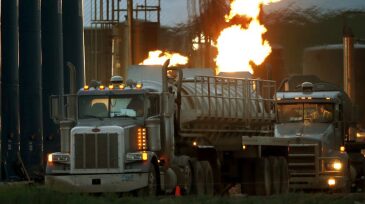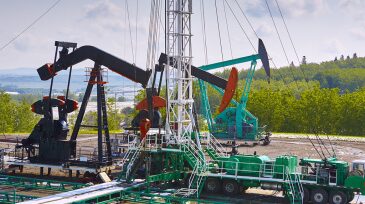shale oil
-
In recent years there has been a spike of research to determine what the extent of emissions are from fracked oil and gas wells. While much discussion has surrounded methane emissions, a greenhouse gas, less attention has been paid to air toxics.
-
Despite optimism in a shift from “lower for longer” oil prices, industry executives stressed the value of maintaining efficient operating practices.
-
Although a federal court temporarily thwarted EPA’s suspension of methane emissions regulations in early July, several states have formed an alliance to keep the ball rolling, and EPA’s most recent data show the industry has made significant strides in decreasing these emissions.
-
As well-developed shale plays and tight formations mature and decline in production, nontraditional strategies for maximizing production and discovering new resources must be considered.
-
In unconventional plays, comparing the effect of different completion designs or well-management strategies on well performance remains a challenge because of the relatively brief production history and lack of long-term field analogs of these plays.
-
A new process system compatible with all types of drilling rigs is opening the door to wider adoption of drilling automation in North America’s shale sector.
-
Industry efficiency gains in the Permian Basin are “very pivotal and we’re not done. We’re still making improvements,” says Laredo Petroleum’s Randy Foutch.
-
A sudden surge in job openings in the Bakken, especially for hydraulic fracturing and completion crews and CDL drivers, is taking place as companies ramp up to put more wells on line in the first half of 2017.
-
The CEO of Phillips 66 expects the DAPL to be operational in 2Q 2017.
-
This week the US Geological Survey (USGS) reported that the Wolfcamp shale holds 20 billion bbl of technically recoverable oil. This builds on other active formations in the Permian Basin, where nearly half of US active rigs are operating.










